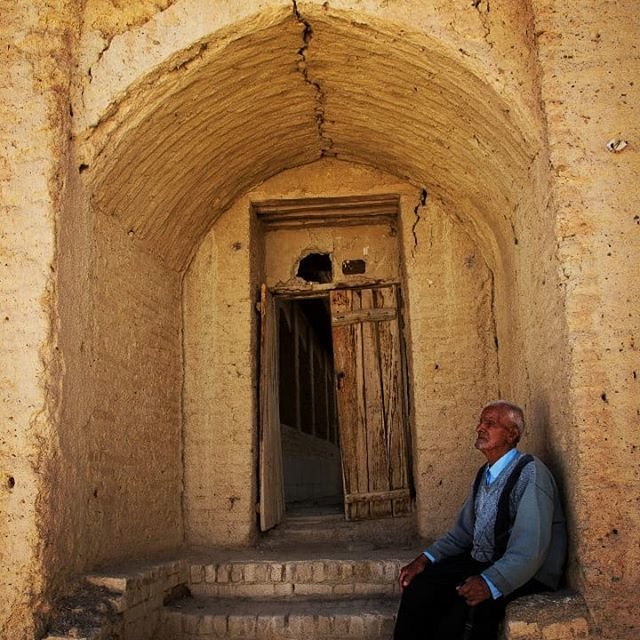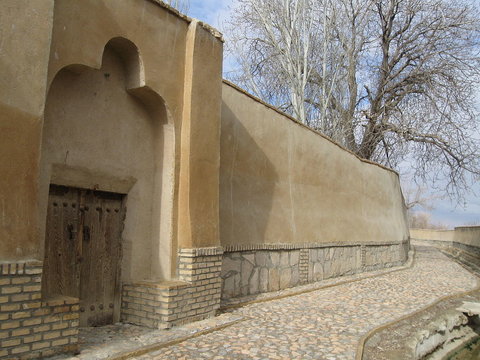Iran (IMNA) - This village is approximately 2140 meters above the sea level. According to the old documents, this area used to be a permanent settlement between the years 1100 to 1150 SH, and called "Domab" or "Damab", but indigenous people name it "Dombow". The founders of this village were two migrant brothers from Khorasan; Moheb and Saleh.
Apparently, the economic prosperity of this area was started following the digging several Qanats by the immigrants. The centuries-old village homed some valuable monuments due to the architectural and political characteristics of that time; Stone Castle, Darvesh Beg castle, Jelogir caravanserai, Haj Hassan and Ali Ahmad castles are among the historical places.

Stone castle was constructed near the village, at the end of the Ashkanian era, at the beginning of the Sassanid dynasty. The castle is a square structure, with 10 round towers; eight of them are remained intact, and two of them were ruined.
Darvesh Beg castle is the other historical monument in the region. It is considered as the oldest castle of Domab; it has 4 towers that unfortunately only three of them, its northern wall, and ramparts have been left. Based on some documents, this structure dates back to the Safavid era.
"Nodomab" castle is the most important and biggest one in this area, which was constructed in 1218 A.H, during the reign of Fath Ali Shah. There are five conical towers with beautiful geometric designs inside the castle.

The hills in Domab village are mostly stony with no vegetation. The lands are barren due to plenty of pebble, slope, ups and downs, and also soil erosion.
The eastern side of the hills is composed of old alluvial and shallow soil. Therefore, these lands are not suitable for agriculture and don’t have many capabilities to be used as pasture. Some of the wild flowers grown in this area are licorice, oxtongue, pieplant, chicory, cardoon, cardamine, tragacanth, and etc.

Provided by: Pegah Bahadoran


Your Comment